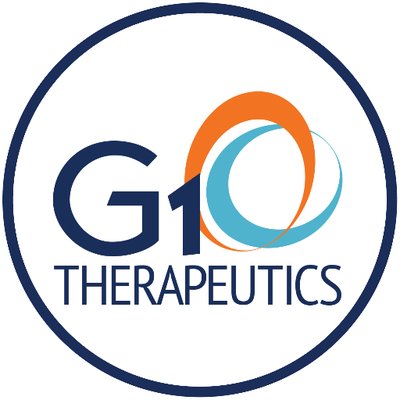
G1 Therapeutics, Inc. (NASDAQ:GTHX) shows a Return on Invested Capital (ROIC) of -57.38% and a Weighted Average Cost of Capital (WACC) of 11.84%, indicating it is not generating returns above its cost of capital.
Atara Biotherapeutics, Inc. (NASDAQ:ATRA) contrasts sharply with a ROIC of 280.02% and a WACC of 6.35%, showcasing efficient capital utilization.
The analysis highlights the importance of evaluating biopharmaceutical companies on metrics like ROIC/WACC ratio to understand their financial health and investment potential.
G1 Therapeutics, Inc. (NASDAQ:GTHX) operates in the highly competitive and research-intensive biopharmaceutical industry, focusing on developing treatments for cancer. Its main product, COSELA, targets chemotherapy-induced myelosuppression, a common and severe side effect of chemotherapy. Despite the critical nature of its work, GTHX’s financial metrics, particularly its Return on Invested Capital (ROIC) of -57.38% and Weighted Average Cost of Capital (WACC) of 11.84%, indicate that the company is currently not generating returns above its cost of capital. This scenario is reflected in its ROIC/WACC ratio of -4.85, suggesting that the company is losing value on the capital it invests.
In contrast, Atara Biotherapeutics, Inc. (NASDAQ:ATRA), a peer in the same industry, shows a significantly different financial picture. ATRA focuses on T-cell immunotherapy for cancer, autoimmune, and viral diseases. It boasts a remarkable ROIC of 280.02% against a WACC of 6.35%, resulting in an ROIC/WACC ratio of 44.13. This indicates an exceptionally efficient use of capital, far surpassing GTHX and other peers in the analysis.
Other companies in the comparison, such as Allogene Therapeutics, Inc. (NASDAQ:ALLO), Gossamer Bio, Inc. (NASDAQ:GOSS), Rhythm Pharmaceuticals, Inc. (NASDAQ:RYTM), and Deciphera Pharmaceuticals, Inc. (NASDAQ:DCPH), also present varied financial health. For instance, ALLO and DCPH, like GTHX, have negative ROIC values, indicating they are not generating returns above their capital costs. However, the extent of their capital utilization efficiency, as shown by their ROIC/WACC ratios, differs, highlighting the diverse investment profiles within the sector.
The analysis underscores the critical importance of evaluating companies on metrics like the ROIC/WACC ratio, especially in industries where companies are in different stages of product development and market penetration. While GTHX’s current financial metrics may raise concerns, it’s essential to remember that biopharmaceutical companies often face long periods of research and development before achieving profitability. This phase is characterized by high capital expenditure and negative ROIC values, as seen with GTHX and several of its peers.
Investors considering the biopharmaceutical sector must weigh these financial metrics against other factors, such as the potential market size for the drugs being developed, the clinical success of these drugs, and the overall risk profile of the company. While ATRA currently shows a highly efficient capital utilization, the inherent risks and long-term potential of each company’s product pipeline should also play a crucial role in investment decisions. This nuanced approach is vital in understanding the value and future prospects of companies like G1 Therapeutics, Inc. and its peers in the dynamic biopharmaceutical industry.

